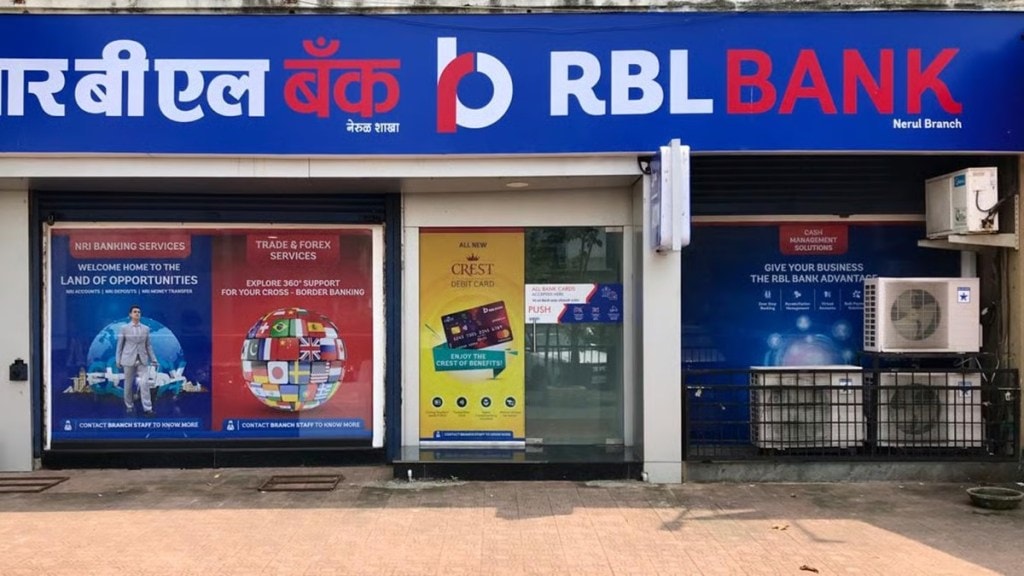RBL Bank is not seeing any stress building in its unsecured credit book due to its ‘robust’ underwriting model and provisioning policies, managing director and CEO R Subramaniakumar tells Piyush Shukla in an interaction. His comments come in the backdrop of the Reserve Bank of India (RBI) hiking risk weights on unsecured consumer credit by 25% to 125% in November. Excerpts:
The regulator has hiked risk weights on unsecured consumer credit. Are you seeing any risk building?
As far as our book is concerned, we don’t see any stress building – it is behaving normally. Our risk underwriting model takes into consideration personal indebtedness and personal capacity of a borrower to repay. If the eligibility parameters are not met, we do not extend loans. Therefore, we do not see any stress which is alarming. During Q2FY24, we proactively made contingent provision for credit card and microfinance (MFI) advances of Rs 252 crore, and brought down the full 100% provision timeline for credit card bad loans to 120 days, against 180 days.
What is your outlook on the asset quality for Q4?
We will be able to hold gross and net non-performing assets at current levels, or they will fall as recoveries start to rise. We have put in a strategy to arrest slippages for which we have to increase collection efficiency, and both credit card and MFI have started showing better trends. In MFI, we achieved 99.41% collection efficiency in December, which is within our target of 99.4%-99.5%. This means the number of stressed accounts is reducing. Secondly, to recover from technical write-offs and bad loans, we have now put in an exclusive team. So, with a sharp focus, we are confident on higher recoveries.
Will the GNPA ratio moderate from 3.12% to below 3% in Q4?
Once new recovery efforts start yielding results in a couple of months, it will start coming down. The bank made Rs 115-crore continent provisions for AIF investments. Will you look to wind down your position in Q4?
This is not a bad investment for us. Currently, we are holding Rs 115 crore of provisions, but the net asset value of our holding is Rs 161 crore. Since it was only a 30-day window given to us (by the RBI), we complied with the directions of the regulator. In the next week or two, we will decide on the final strategy. We have multiple options, including redemption, liquidation and down selling.
What levers are you putting in to grow deposits?
We are looking at business correspondents (BC) as a subsidiary. We have identified around 800 BC branches where the possibility of raising liability is higher. This will increase our footprint from 500-odd branches to an incremental 800 touch points. For example, even conservatively if we are able to collect only Rs 10 lakh from a BC point, it will add 4% incrementally to my current account and savings account (CASA) and retail deposits over the period of one year.
How is the corporate loan demand shaping up?
A few sectors are showing credit appetite. Pricing is based on market competition. If there are too many givers and too few takers, rates will naturally go down. Though we are not a large player in corporate loans, discussions with industry players suggest higher demand due to increased capex and higher need of term loans for working capital expenditure. Generally, bankers feel demand is back in rest of the corporate, but it will take a quarter or two to utilise existing credit lines and come back for additional loans.
What areas are you looking to partner with fintechs in 2024?
We are creating our own UPI in-house switch. This will provide a big platform for any fintech which has feet on the street. We will be enhancing our capacity to handle 10 million transactions a day. Secondly, we are creating digital journeys to acquire customers. For example, If BCs are unable to be a part of this journey, digital will help them acquire more customers and build better customer engagement processes. Thirdly, we are setting up smart branch network wherein instead of having a branch at every location, this will be a centralised office where 30-60 people will work as virtual relationship managers.

